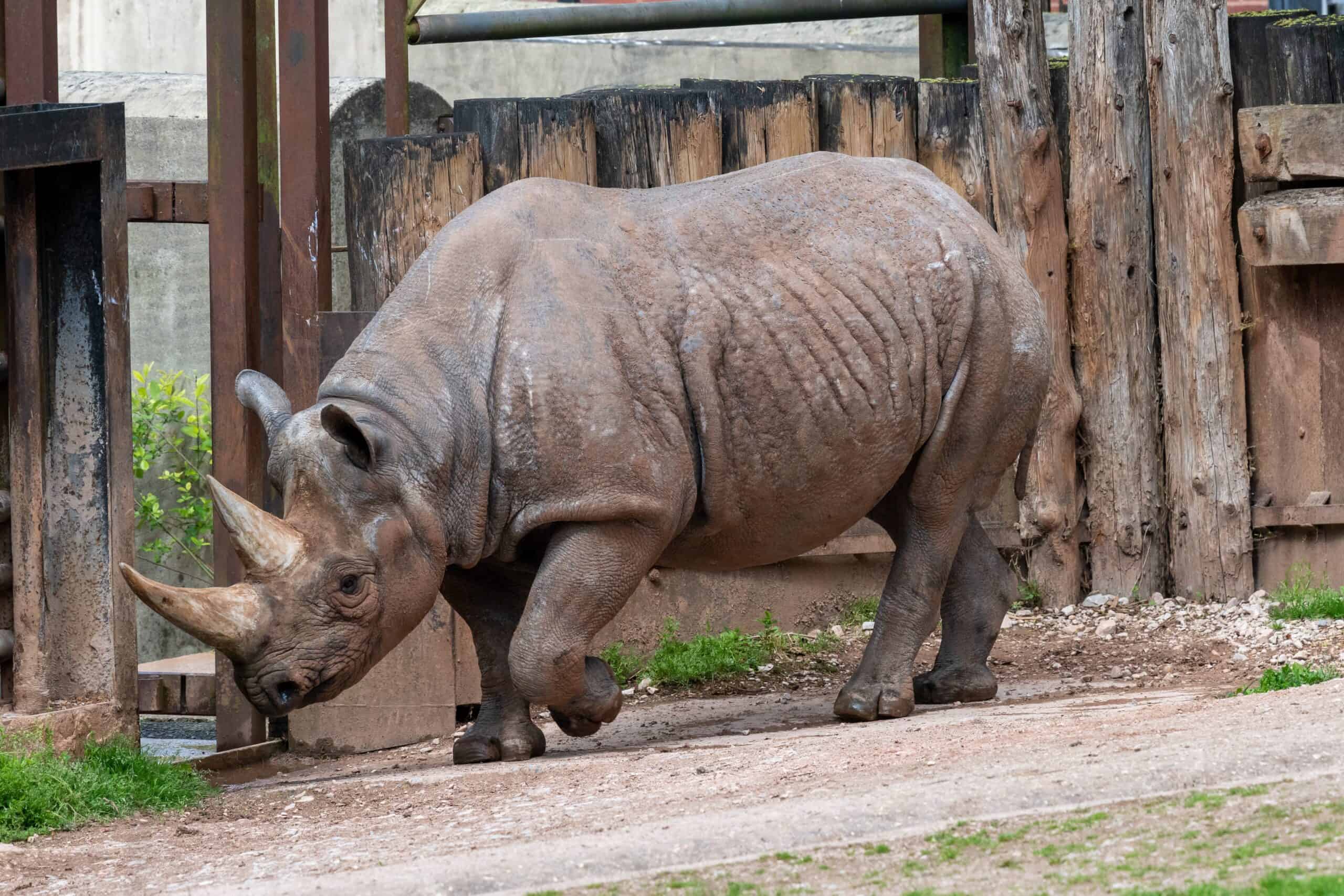Collecting coins can be a fascinating journey through history, especially when it comes to the most valuable coins ever minted in the United States. These coins, prized for their rarity, historical significance, and unique designs, capture the essence of different eras in American history. From early experimental issues to coins minted in secret, each one tells a unique story. Here’s a look at 20 of the most valuable U.S. coins, each with its own remarkable background and staggering worth.
1933 Saint-Gaudens Double Eagle
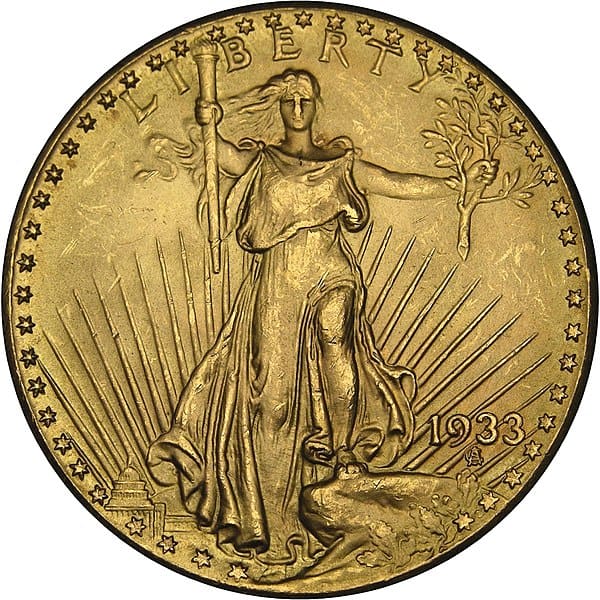
The 1933 Saint-Gaudens Double Eagle is perhaps the most famous and valuable U.S. coin. Initially struck but never circulated due to the gold recall of 1933, it features a stunning design by Augustus Saint-Gaudens. Only a few survive legally in private hands, with one example selling for a record-breaking $18.9 million in 2021.
1794 Flowing Hair Silver Dollar

Often considered the first silver dollar minted by the United States, the 1794 Flowing Hair Silver Dollar holds immense historical significance. Only around 1,758 were struck, and fewer survive today. A high-grade specimen sold for over $10 million in 2013, making it one of the most valuable coins.
1804 Draped Bust Silver Dollar
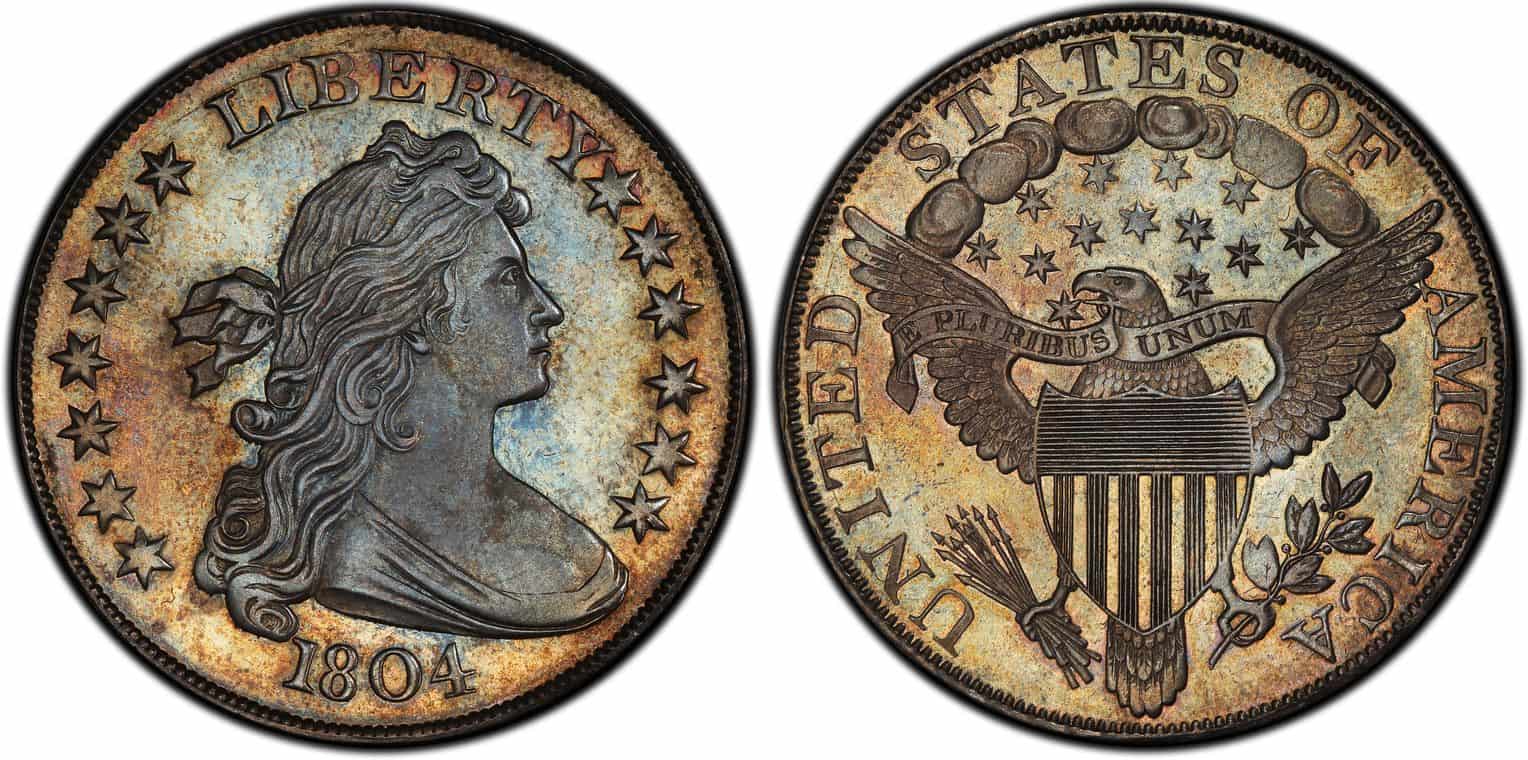
Known as the “King of American Coins,” the 1804 Draped Bust Silver Dollar was actually struck in the 1830s for diplomatic gifts. There are only 15 known examples, divided into Class I, II, and III, with Class I being the most sought after. One such coin fetched $4.1 million at auction.
1913 Liberty Head Nickel
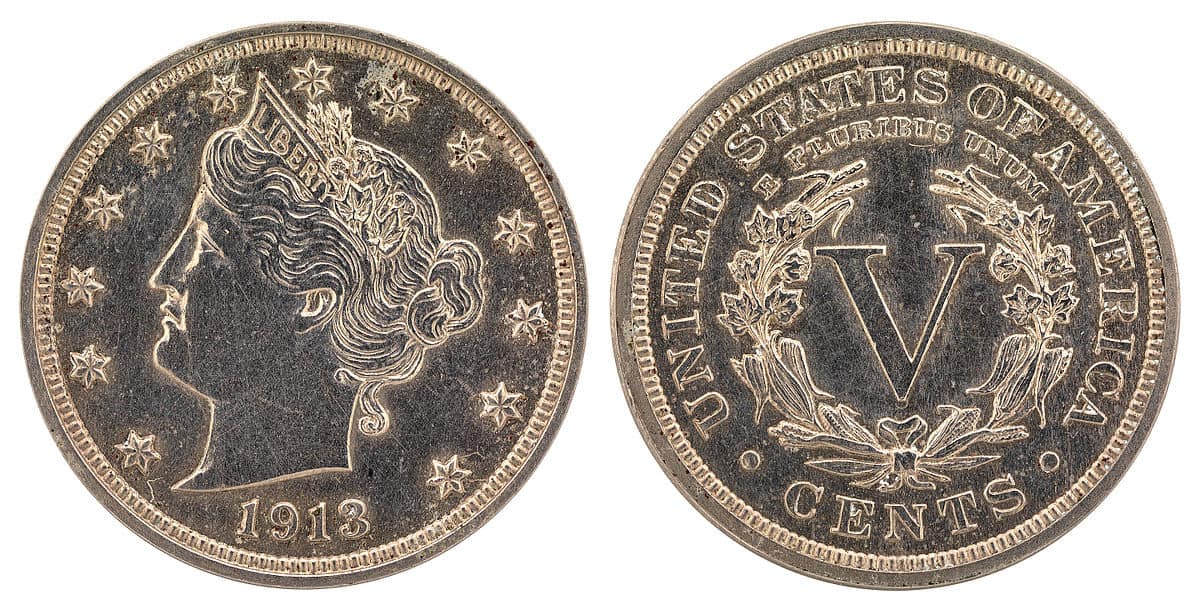
The 1913 Liberty Head Nickel is shrouded in mystery, with only five specimens known to exist. Produced clandestinely at the Philadelphia Mint, these coins were never officially released. One sold for $3.7 million, highlighting its rarity and intrigue among collectors.
1804 Eagle
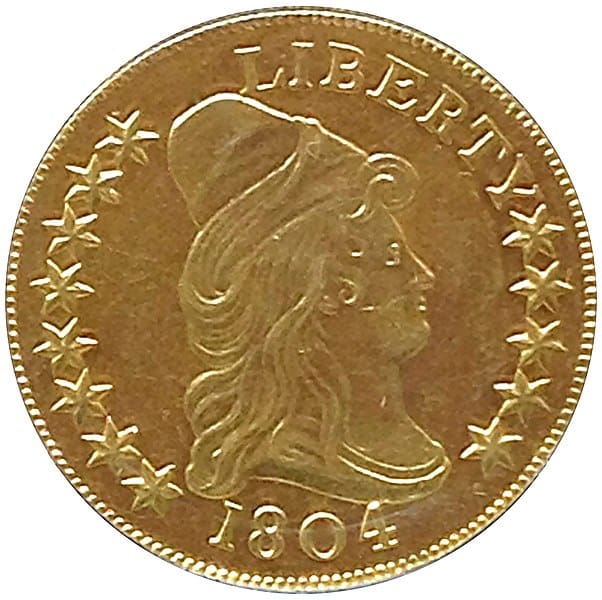
The 1804 Eagle ($10 gold piece) is an exceptionally rare coin, with only four known specimens, all belonging to the “Plain 4” variety. These coins were struck as diplomatic gifts, similar to the 1804 silver dollar, and have fetched prices upwards of $2.5 million in auctions.
1870-S Three Dollar Gold Piece

The 1870-S Three Dollar Gold Piece is unique, with just one known example. It was struck to be included in a cornerstone of the new San Francisco Mint building, making it a one-of-a-kind piece. This rarity has been valued at around $6 million.
1822 Half Eagle
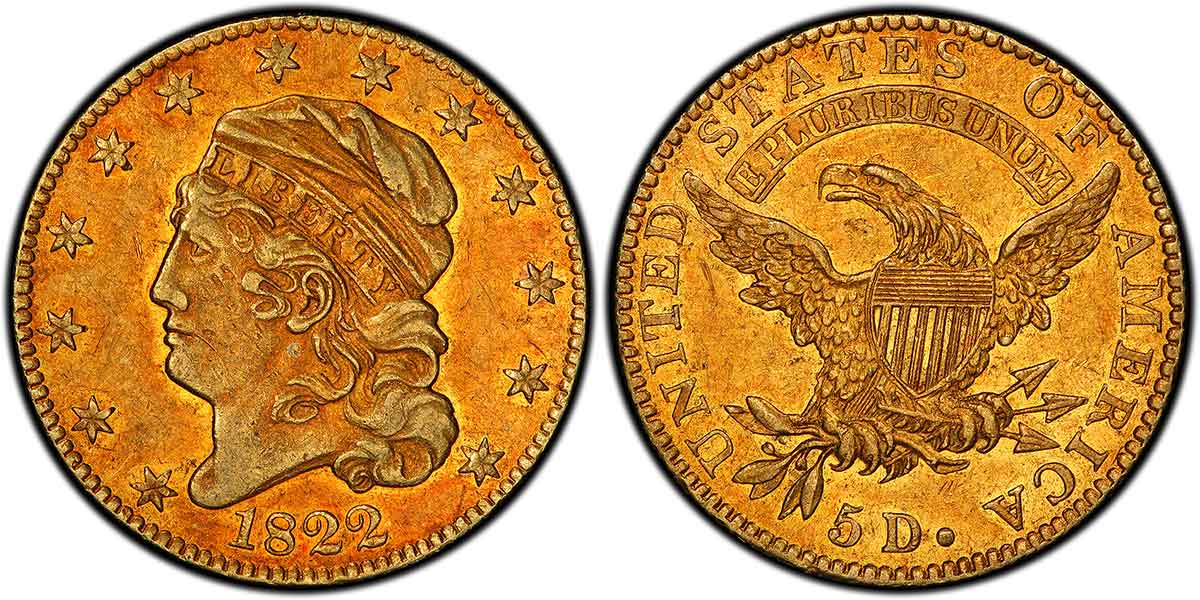
The 1822 Half Eagle ($5 gold coin) is exceedingly rare, with only three known to exist and just one in private hands. The remaining examples are held by the Smithsonian Institution, making any chance to acquire this coin a monumental event. It last sold for over $8 million.
1877 Half Union Gold Pattern
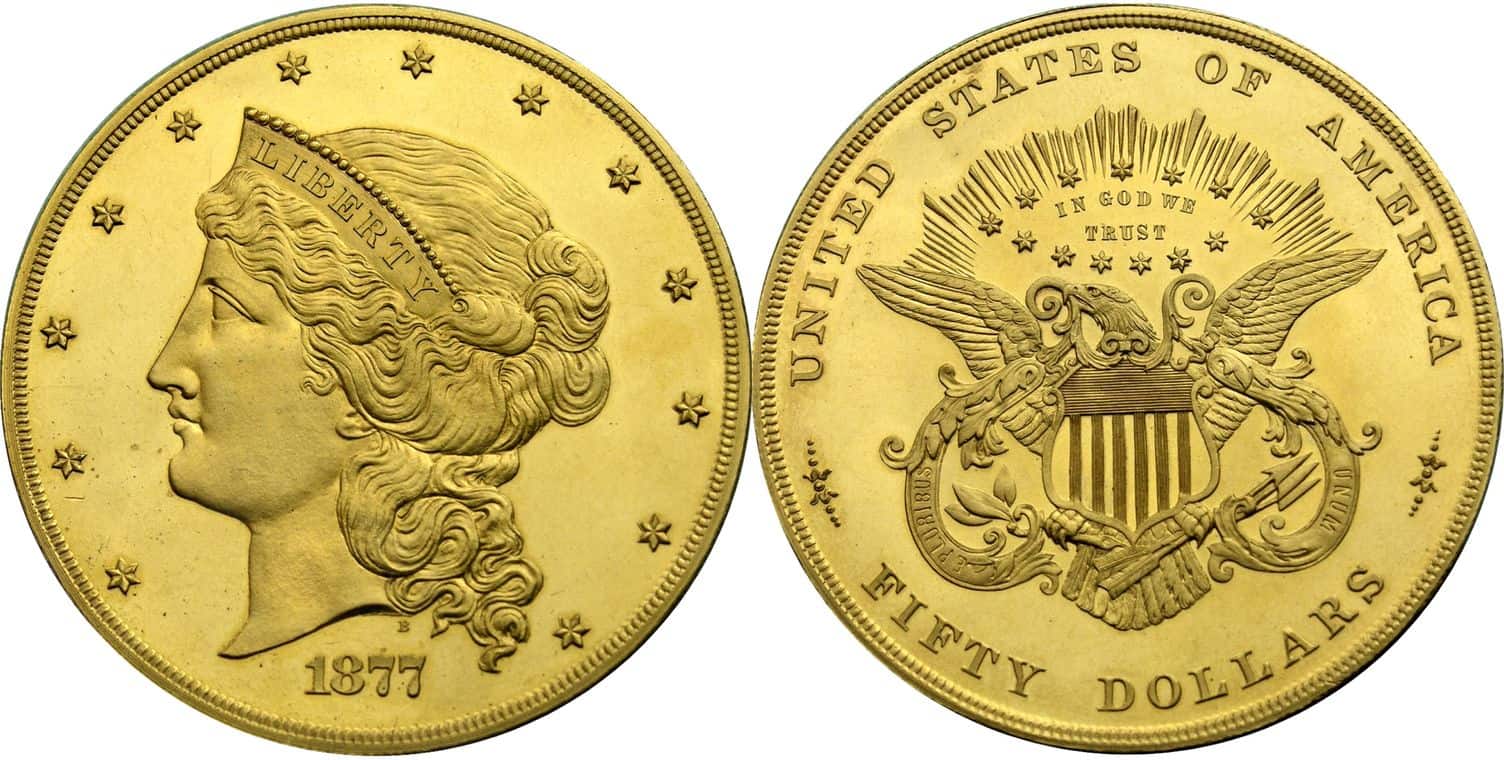
The 1877 Half Union Gold Pattern is a proposed $50 gold coin that never saw official production. Only two examples exist, both residing in private collections. The coin’s massive size and stunning design by William Barber make it highly coveted, with values estimated around $10 million.
1907 Ultra High Relief Double Eagle
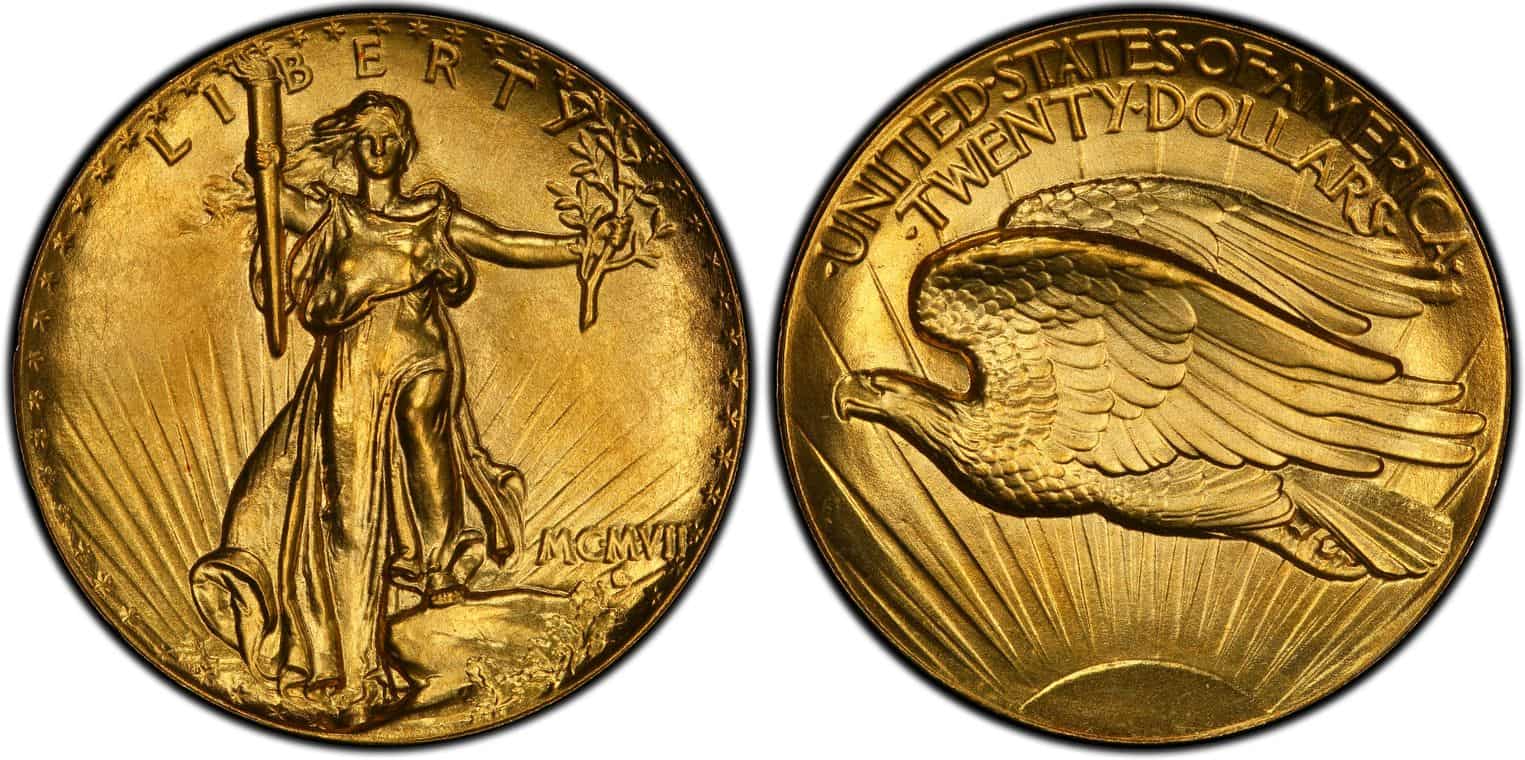
The 1907 Ultra High Relief Double Eagle is a masterpiece of coin design, created by Augustus Saint-Gaudens. Only about 20 specimens were struck, and they required multiple strikes to bring out the design’s full detail. One sold for $2.99 million, reflecting its artistic and historical value.
1927-D Saint-Gaudens Double Eagle
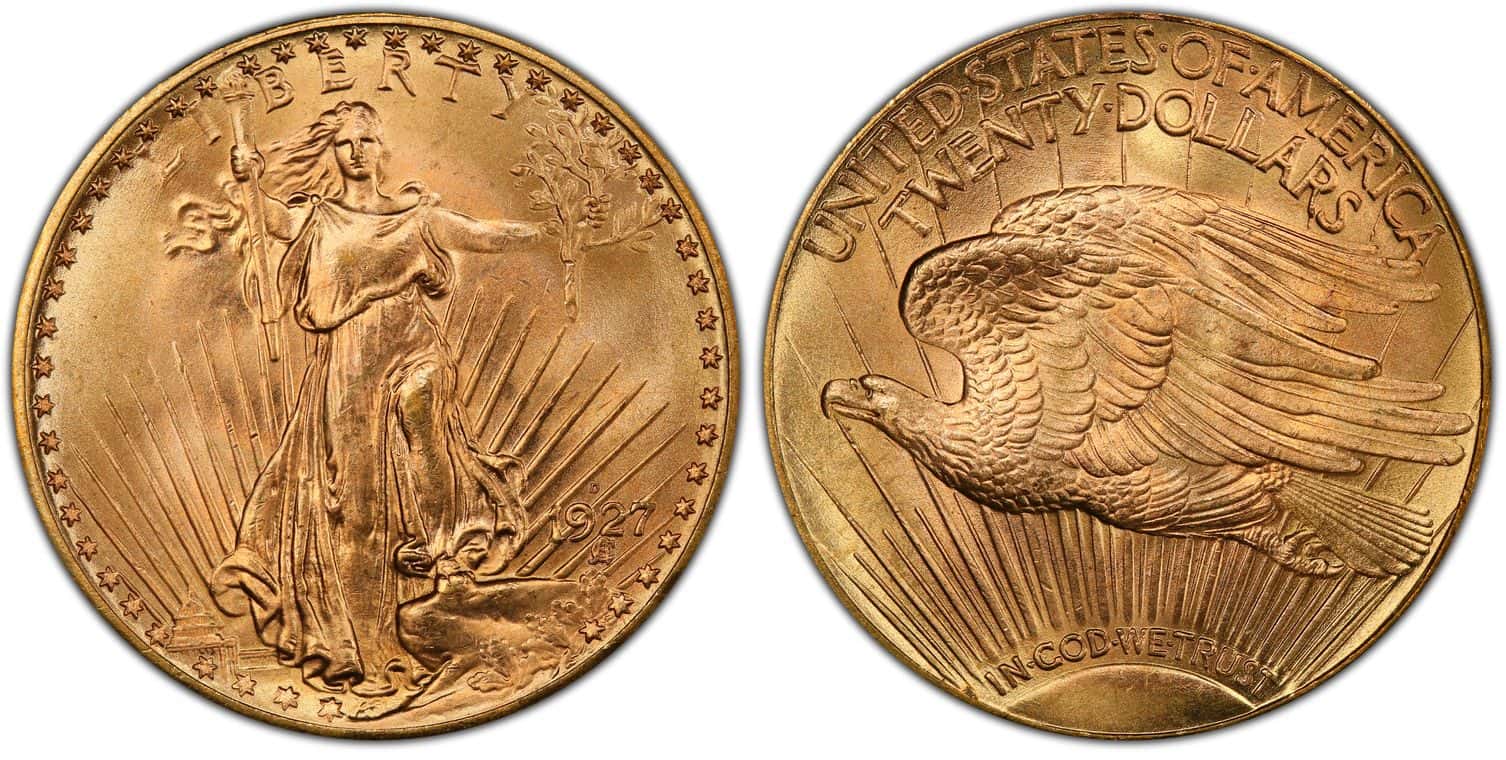
The 1927-D Saint-Gaudens Double Eagle is another highly prized coin, with only a few known examples surviving the gold recall. Its rarity and stunning design have led to auction prices exceeding $1.8 million for a single coin.
1795 Reeded Edge Cent
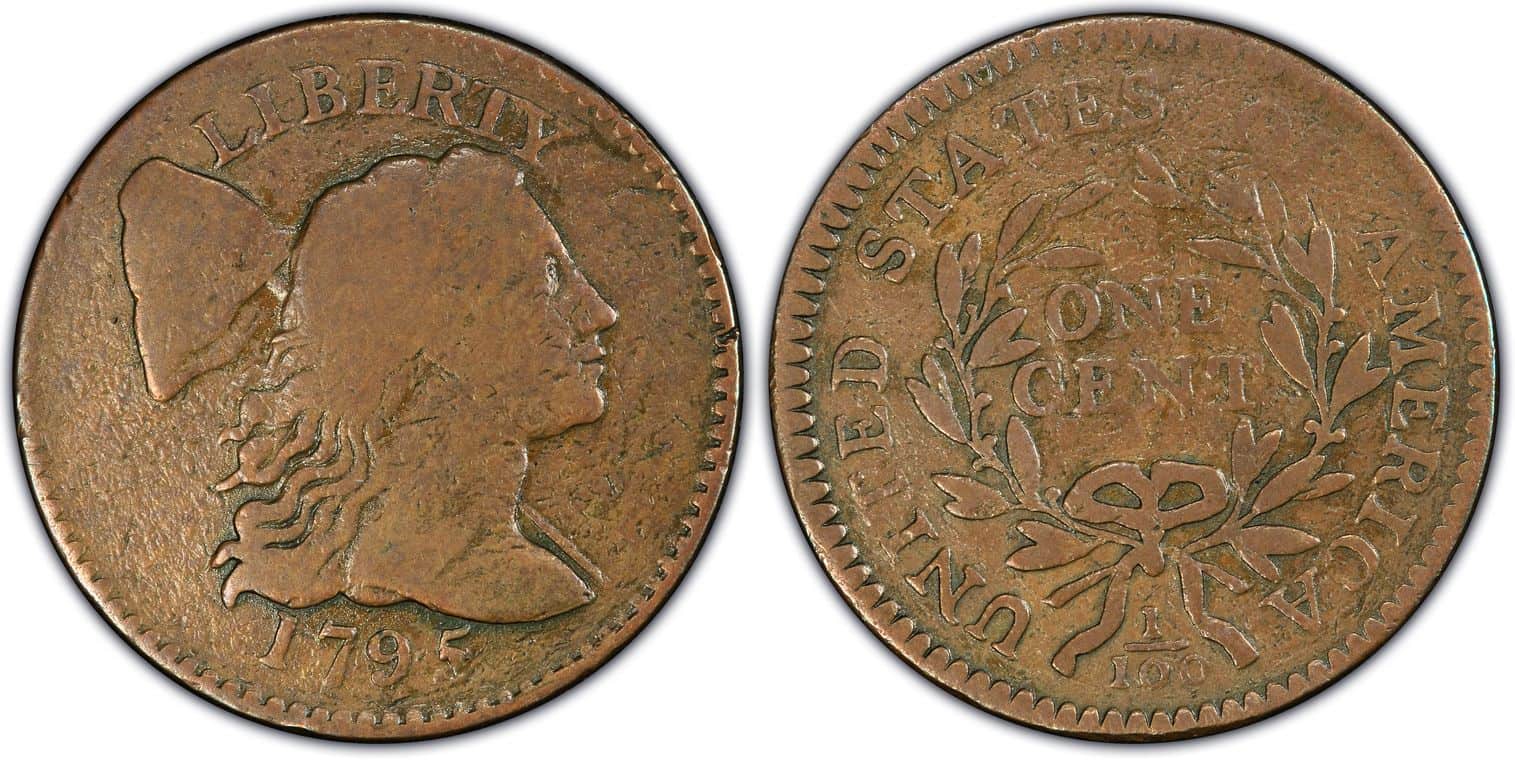
The 1795 Reeded Edge Cent is an experimental issue with only a handful known to exist. Its unique edge reeding was a significant departure from the plain edges of other cents of the period. Collectors highly value this coin for its experimental nature and rarity, with prices reaching into the hundreds of thousands.
1802 Novodel Proof Dollar
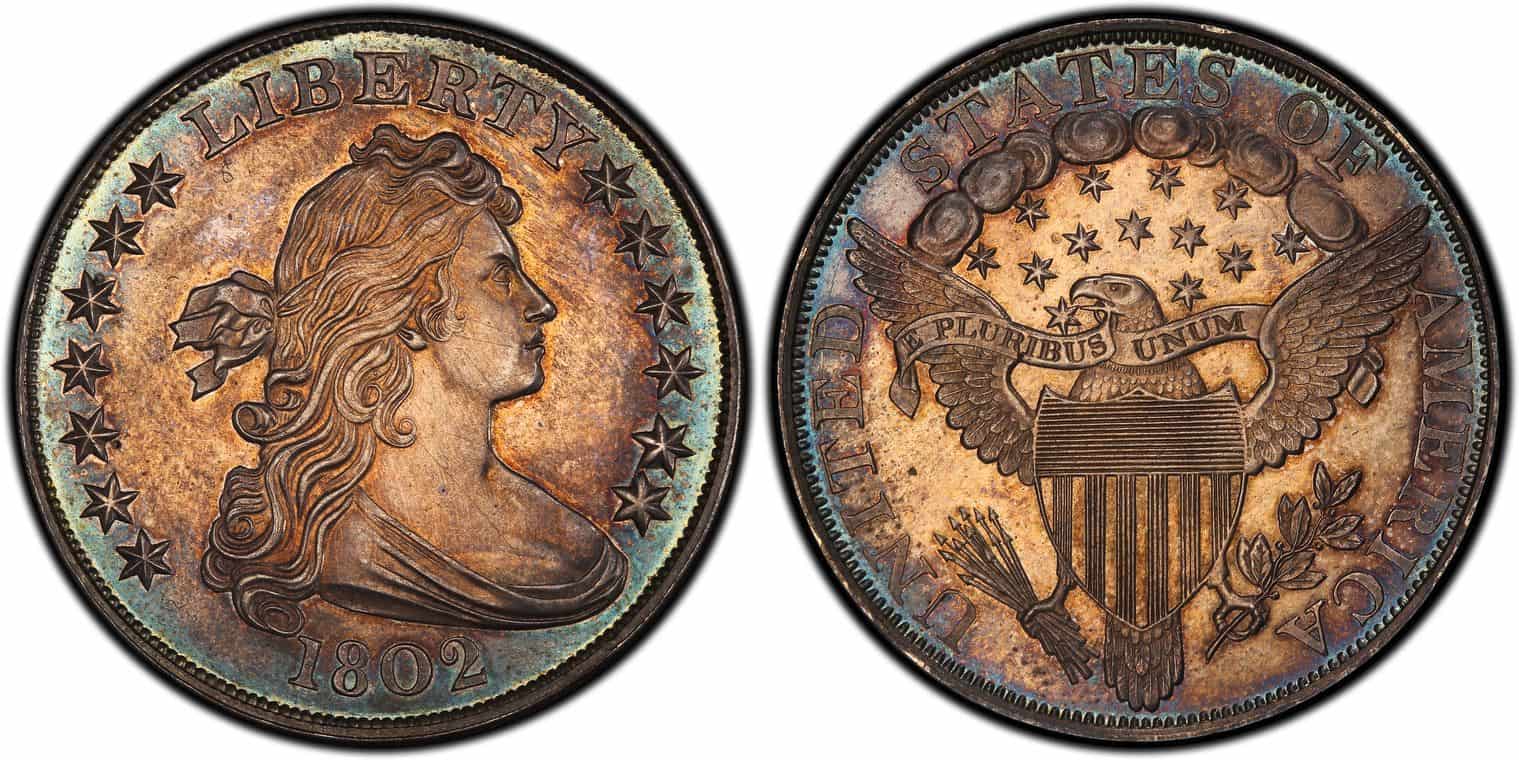
The 1802 Novodel Proof Dollar is a rare restrike from the 1830s, created for collectors. These coins were never intended for circulation and are known for their exquisite proof quality. Only a few exist, with auction prices surpassing $1 million.
1849 Double Eagle

The 1849 Double Eagle is the first year of issue for the $20 gold piece, making it a landmark coin in American numismatics. Only one example, a pattern coin, exists in the Smithsonian Institution, but its historical importance makes it invaluable.
1915-S Panama-Pacific $50 Gold Piece
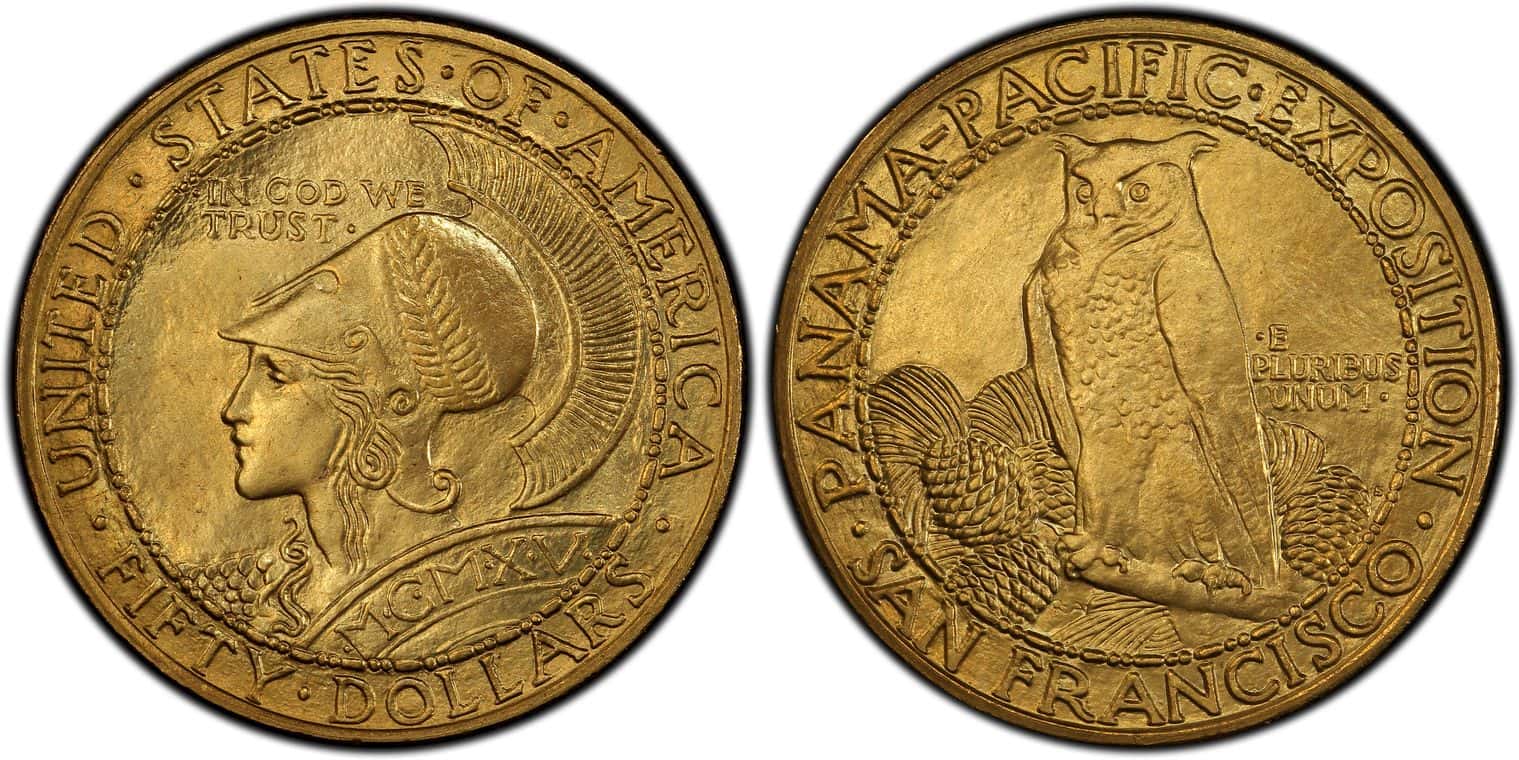
The 1915-S Panama-Pacific $50 Gold Piece was struck to commemorate the Panama-Pacific Exposition. Only 645 were minted, and their large size and intricate design by Robert Aitken make them highly desirable. These coins have sold for prices exceeding $150,000.
1792 Birch Cent
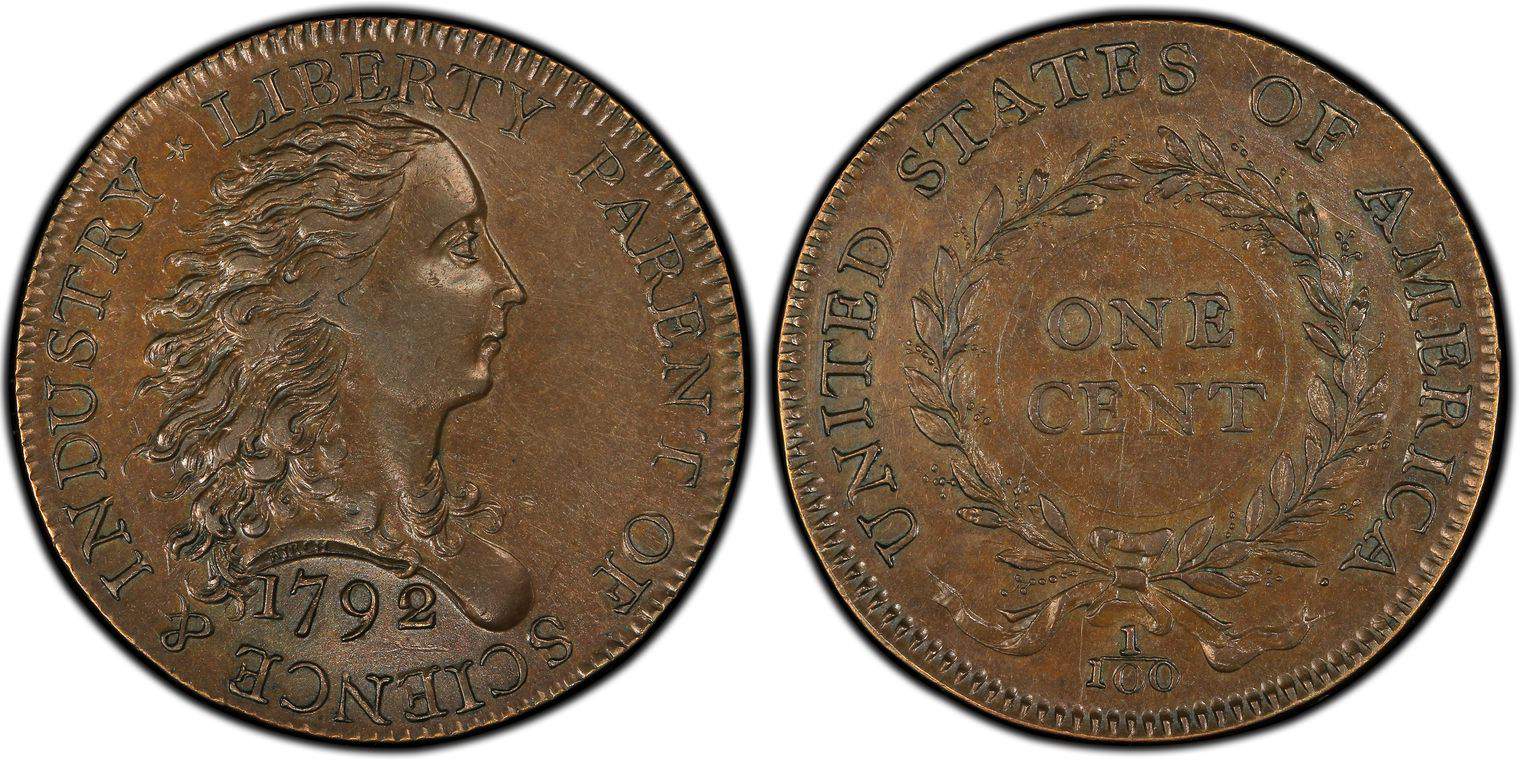
The 1792 Birch Cent is one of the earliest experimental coins struck by the U.S. Mint. Designed by Robert Birch, only a few examples are known, making it a cornerstone for collectors of early American coinage. Prices for this coin can exceed $2.5 million.
1861 Paquet Reverse Double Eagle
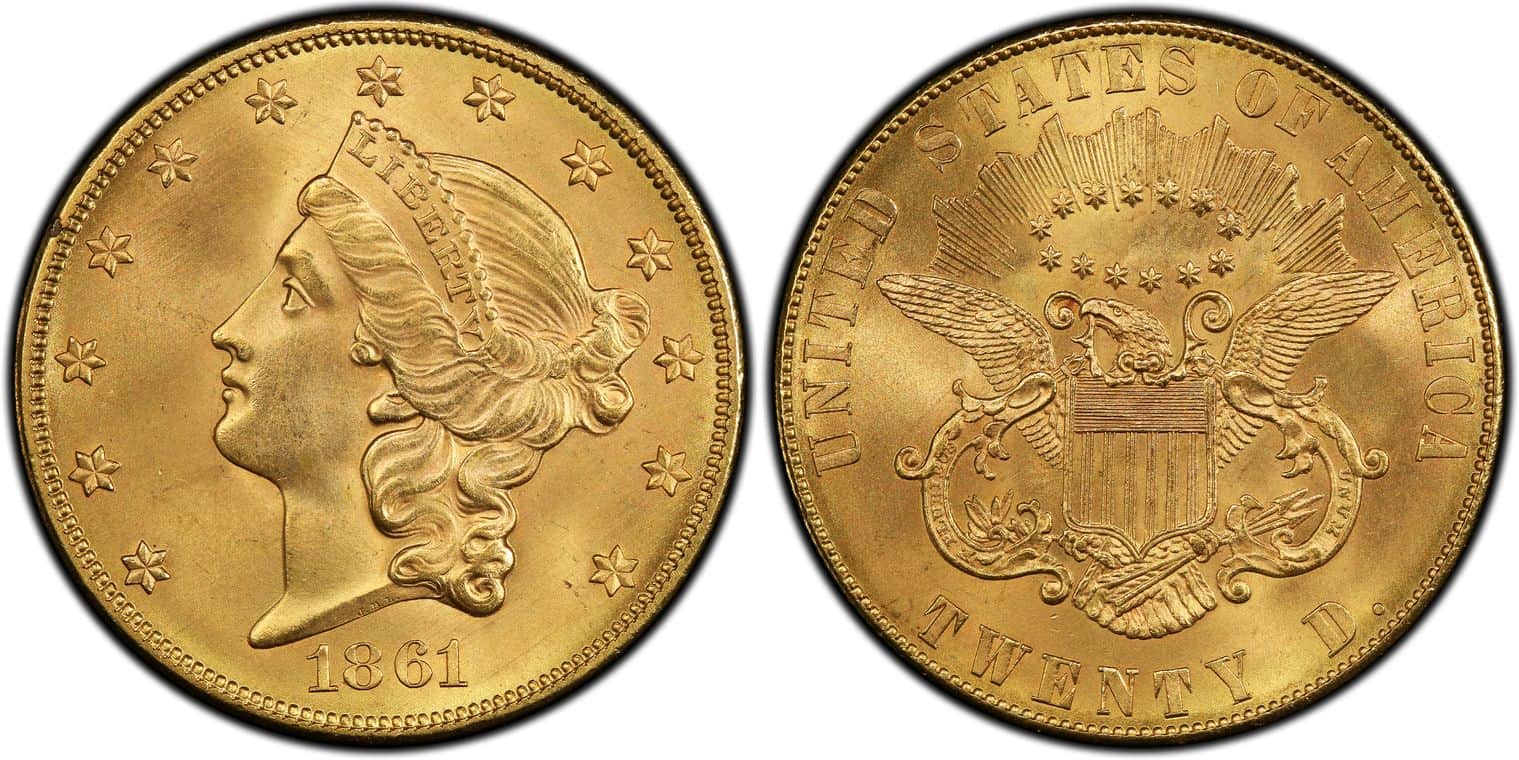
The 1861 Paquet Reverse Double Eagle features a unique reverse design by Anthony Paquet. Only a few examples are known, with most being melted down. Its rarity and distinct design have led to auction prices around $1.5 million.
1885 Trade Dollar
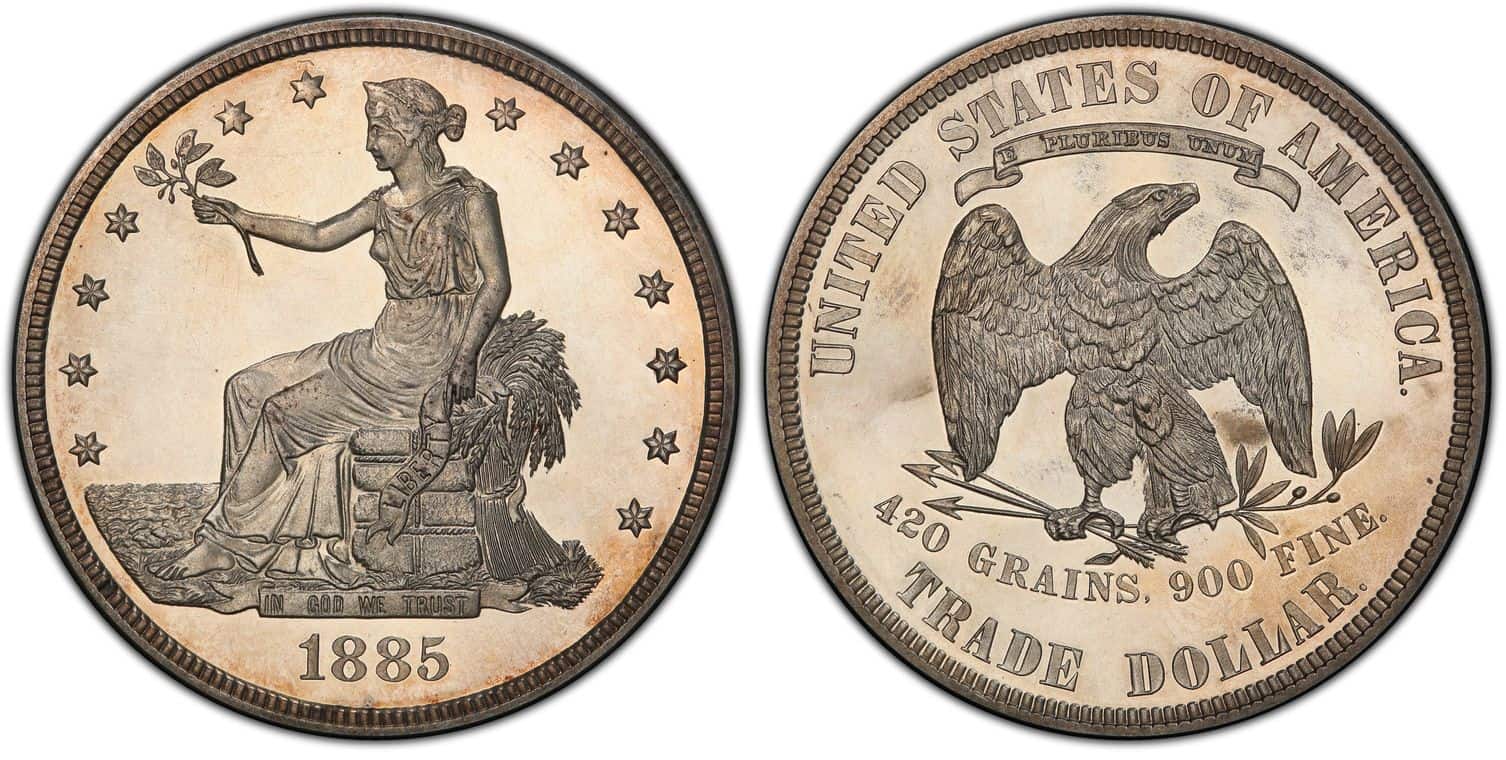
The 1885 Trade Dollar is a key rarity among U.S. silver dollars, with only five known examples. These coins were never officially released for circulation, making them highly sought after by collectors. Prices for this coin have reached $3 million.
1933 Indian Head Gold Eagle
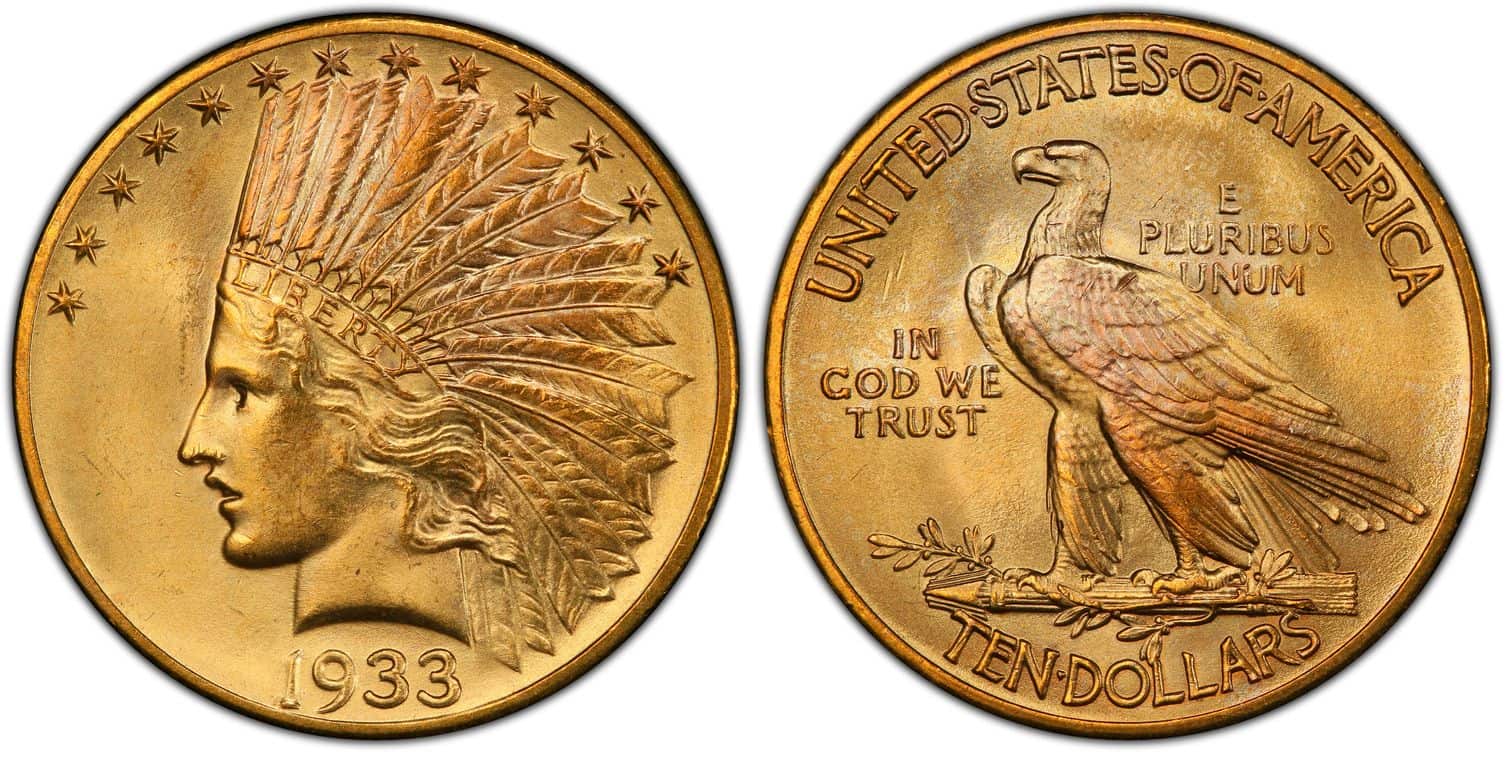
The 1933 Indian Head Gold Eagle is another casualty of the gold recall, with only a few surviving examples. Its unique design by Bela Lyon Pratt and its historical significance make it highly valuable, with prices exceeding $1 million.
1854-S Liberty Head Half Eagle
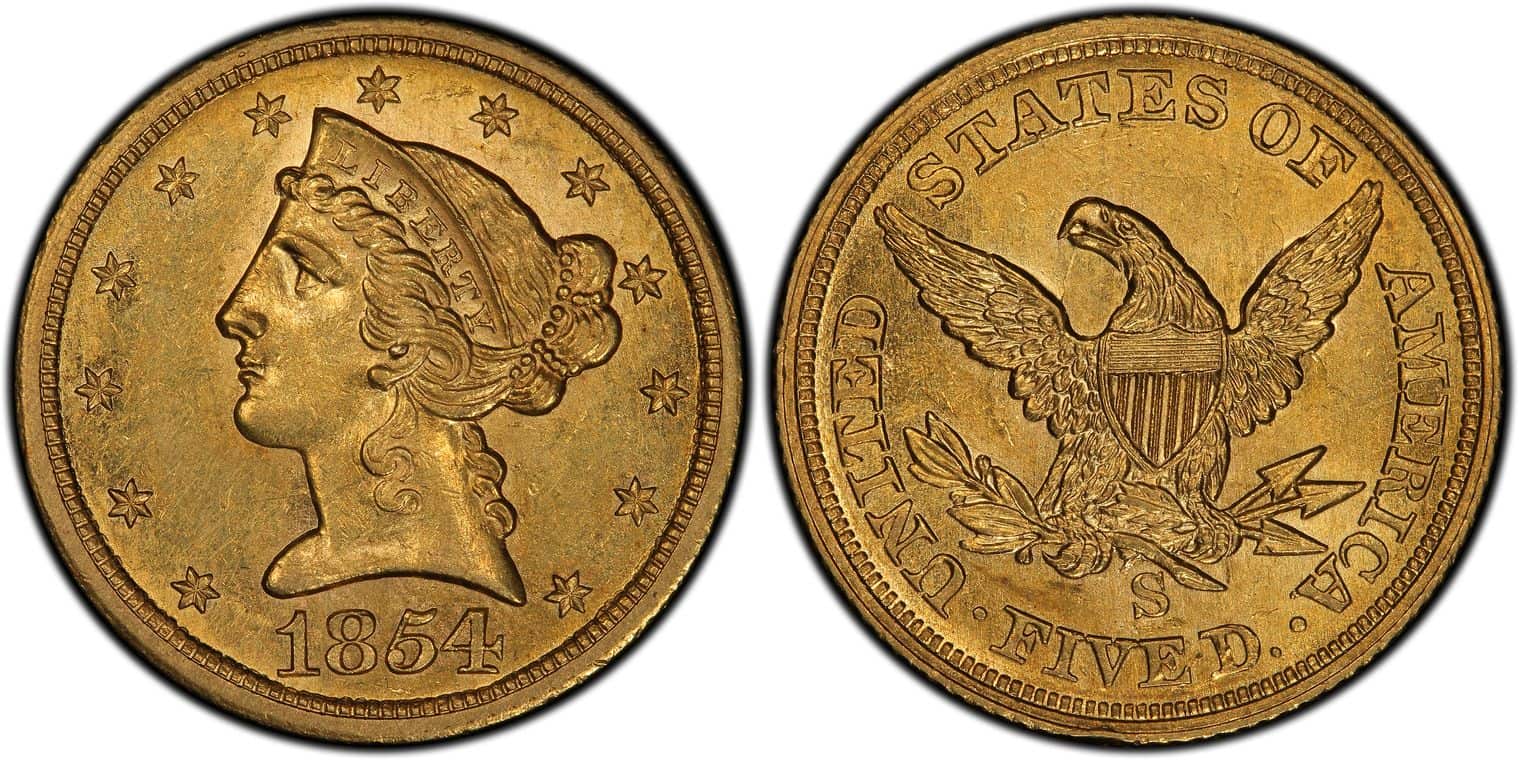
The 1854-S Liberty Head Half Eagle is a rare $5 gold coin with only about four known examples. Its significance as an early San Francisco Mint issue and its extreme rarity make it a top prize for collectors, fetching prices around $1.5 million.
1793 Chain Cent

The 1793 Chain Cent is the first coinage struck by the U.S. Mint for mass production. Its design, featuring a chain linking 13 states, was short-lived due to public criticism. Despite this, its historical importance and rarity make it highly valued, with auction prices reaching several hundred thousand dollars.
This article originally appeared on Rarest.org.
More From Rarest.Org
When planning a trip, most travelers tend to choose popular destinations brimming with tourists. However, for those seeking unique experiences away from the crowds, there are countries that remain largely unexplored and off the beaten path. Read more.
Coffee lovers around the world savor the diverse flavors and aromas that different coffee bean varieties offer. From the widely recognized Arabica and Robusta beans to the rarer and more exotic types like Geisha and Mocha, each variety brings its own unique characteristics to the cup. Read more.
Africa is home to a remarkable diversity of herbivorous mammals, each uniquely adapted to their environment. From the towering giraffes that grace the savannas to the elusive okapis hidden in dense forests, these creatures play vital roles in their ecosystems. Read more.



